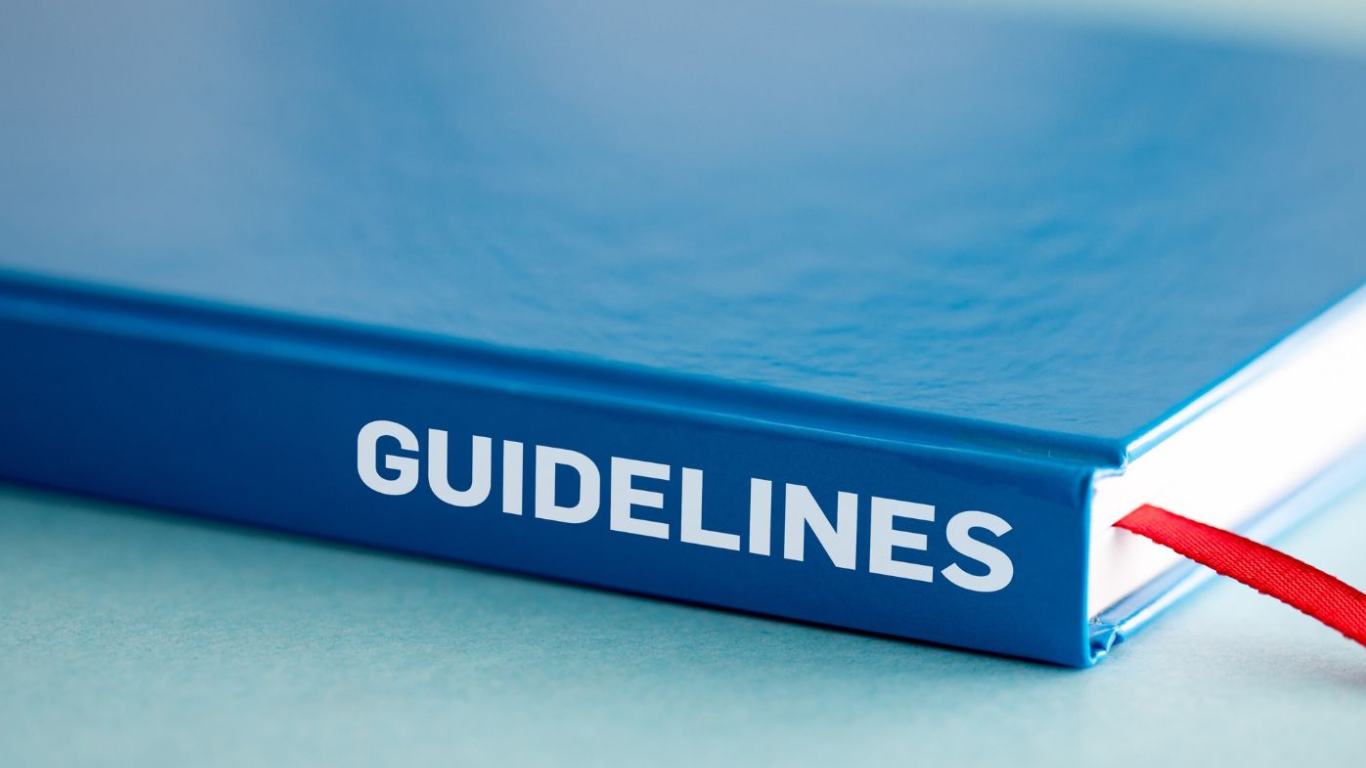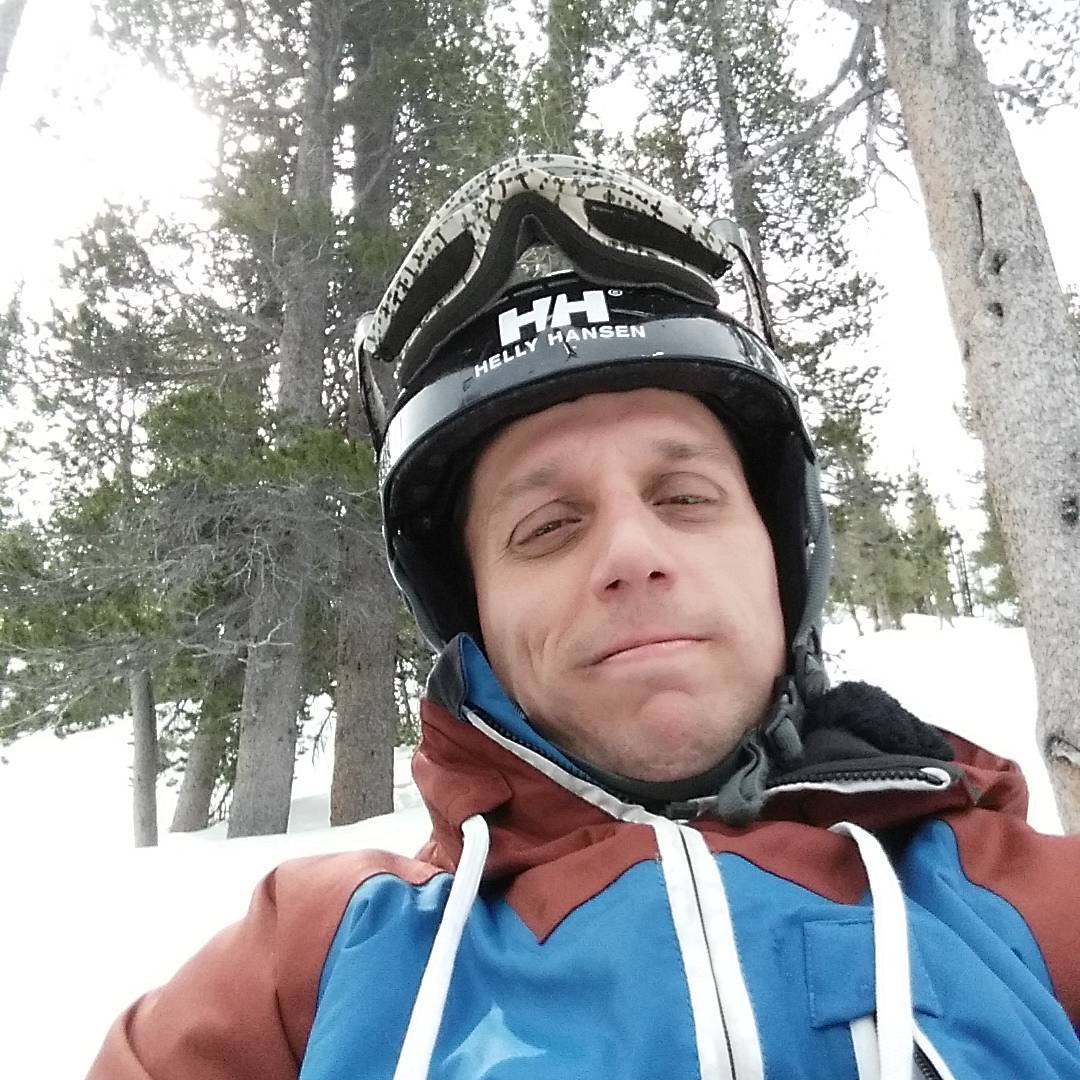The thrill of firing up the grill is a cherished summer tradition in Canada, an occasion that brings together family, friends, and a plethora of delicious dishes ranging from succulent meats to grilled vegetables. But while the focus is often on perfecting recipes and savoring the delectable outcomes, safety should never be overlooked. In fact, ensuring a safe barbecue experience is as integral as marinating your steak or seasoning your fish. With varying methods of barbecuing, the use of different types of equipment, and the unpredictable nature of open flames, understanding and following safety guidelines becomes paramount.
The aim of this article is to explore Canadian BBQ safety guidelines, a topic that might not be as glamorous as discussing the latest grilling techniques or trendy recipes, but is undeniably crucial. Whether you’re a seasoned grill master or a novice who’s just getting started, abiding by safety standards is essential for not only your well-being but also that of your loved ones and guests. These guidelines will address everything from the initial set-up of your BBQ grill to proper food handling procedures, and even what to do in emergency situations.
In Canada, where barbecuing is more than just a casual weekend activity, but rather a part of the nation’s culinary and social fabric, these safety measures hold particular importance. And let’s be honest: a barbecue is only as enjoyable as it is safe. So, as you prepare for a season of grilling and chilling, let this article serve as your comprehensive guide to making your Canadian BBQ experience both delicious and secure.

Following are the Canadian BBQ safety guidelines
Grill Placement and Setup
Choosing the right spot for your barbecue grill is the first step towards ensuring safety.
The grill should be placed on a stable, flat surface to prevent it from tipping over.
Whether you’re using a charcoal grill or a gas model, maintaining a safe distance from flammable materials such as trees, shrubs, wooden fences, and even fabrics like tablecloths or cushions is crucial.
A recommended distance is at least 10 feet away from any structure or potentially flammable items.
Additionally, your grill should never be used indoors, including in garages or tents, to prevent carbon monoxide poisoning.
Ventilation is essential, so ensure you’re in an open space.
All these precautions are not just best practices; they’re also in line with safety advisories issued by Canadian safety agencies and organizations.
Grill Maintenance
Keeping your grill in top condition is not just good for cooking; it’s also essential for safety. Start by inspecting your grill regularly for signs of wear and tear such as rust or cracks that could make it unsafe to use. For gas grills, special attention should be given to the propane tank and the connecting hoses.
Make sure that there are no leaks and that the connection is secure. Gas leaks are not just a waste of fuel; they’re a serious fire hazard. Additionally, the grill grates should be cleaned before and after each use to prevent flare-ups that can be caused by grease buildup.
Fire Safety
While the flame is what makes a BBQ, it is also the primary hazard. Therefore, it’s important to have a fire extinguisher close at hand, preferably a Class B extinguisher that is designed for flammable liquids and grease fires.
Moreover, it is strongly advised to avoid using flammable liquids, other than BBQ-specific starter fluids, to ignite the grill. This reduces the risk of uncontrolled fire outbreaks. Setting up a safety perimeter to keep children and pets at least three feet away from the grill is also advised. Such boundaries are not just for their protection but also allow the cook to focus on grilling without distractions, further enhancing safety.
Food Safety
Cross-contamination and improper food handling can quickly turn a BBQ into a health hazard. To mitigate this, always use separate plates, cutting boards, and utensils for handling raw and cooked foods.

Perishable items, like meats and dairy products, should be kept in the refrigerator until it’s time to cook or serve them.
Regarding meat preparation, it’s crucial to cook each type to its recommended internal temperature. For example, poultry should be cooked to an internal temperature of 74°C (165°F), ground beef to 71°C (160°F), and whole cuts of other meats to 63°C (145°F). Using a food thermometer can help ensure that the meat is cooked safely.
Personal Safety
Your own well-being is crucial when manning the grill. Always use long-handled utensils to give you better control and to keep your hands at a safe distance from the flame.
Invest in a pair of flame-resistant BBQ mitts to protect against burns. Never leave the grill unattended when it’s on.
An unwatched grill is a risk for flare-ups or fires, especially if you’re cooking fatty meats or items that drip grease.
If you’re using a gas grill, always remember to turn off the propane tank first before the BBQ burners, ensuring that no gas is left in the pipe.
Emergency Procedures
Even with the best precautions, emergencies can happen. In case of a grease fire, never try to douse it with water as that can spread the fire.
Instead, close the lid of the grill to cut off the oxygen supply, or use baking soda to control small flames. Class B fire extinguishers can also be effective in such situations.
If you suspect a gas leak while using a gas grill, immediately turn off the gas supply at the tank and the burners and move away from the grill. Seek professional assistance for further inspection and repair.
By adhering to these guidelines, which are consistent with recommendations from Canadian safety organizations, you can ensure that your barbecue experience remains safe and enjoyable.

